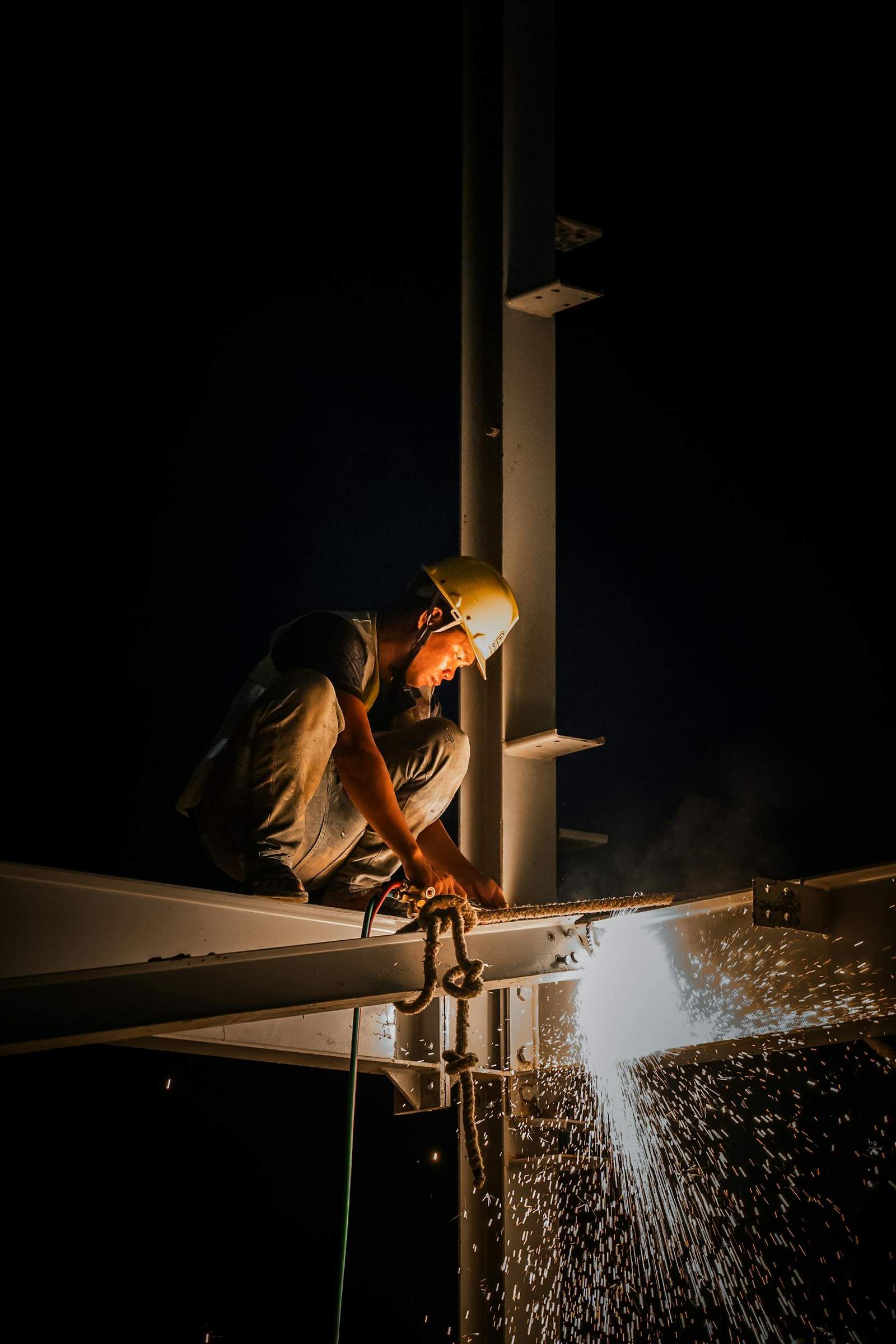Manual Craftsmanship vs. Modern Machinery: The Role of Cranes in Accelerating Construction and Their Environmental Consequences
Introduction
The evolution of construction techniques has always been a balance between human ingenuity and technological advancement. As we trace back from the grandeur of ancient monuments to the modern skyscrapers that punctuate our cityscapes today, there is a compelling contrast between traditional, labor-intensive craftsmanship and mechanized construction methods. One particularly transformative element in this story is the crane—a marvel that has reshaped the pace, scale, and impact of architectural development over time. However, while cranes have undeniably contributed to construction efficiency, they also carry environmental costs that cannot be overlooked. This article will explore the juxtaposition of traditional manual methods versus crane-aided construction, while examining how cranes have played a pivotal role in accelerating urban growth—and with it, carbon emissions.
Traditional Manual Construction in Heritage Sites
Before delving into the age of cranes, it’s crucial to appreciate the richness of traditional construction techniques. Manual craftsmanship, relying heavily on human strength and dexterity, has been at the heart of building great architectural marvels for centuries. The Great Pyramid of Giza—constructed around 2580 BC—is estimated to have employed 100,000 workers who meticulously carried, lifted, and placed 2.3 million stone blocks weighing on average 2.5 tons each. The scale of such manual labor speaks volumes about the commitment and skill of ancient builders.
Similarly, in Machu Picchu, the Incas achieved extraordinary feats of construction without the use of cranes or modern equipment. The site, built in the 15th century, is perched at an altitude of 2,430 meters in the Andes Mountains. Massive stone blocks were transported and positioned by hand, using a combination of log rollers, ramps, and sheer determination.
These traditional methods, while laborious and time-consuming, were often highly sustainable—consuming no fossil fuels and thus leaving a minimal carbon footprint. However, they also meant that large-scale construction projects could take decades, if not centuries, to complete. The laborers themselves were an indispensable resource, often at the cost of immense physical exertion and peril.
The Age of Cranes: Efficiency vs. Environmental Impact
The advent of cranes during the Industrial Revolution dramatically transformed construction practices. Initially powered by steam engines, cranes made it possible to lift and position materials more efficiently, significantly reducing construction timelines. By the 1950s, hydraulic cranes became the industry standard, allowing for the construction of massive skyscrapers and bridges at an unprecedented pace. It is no exaggeration to say that the rise of modern urban centers was made possible by the capabilities provided by cranes.
In 2024, cranes are responsible for building the vertical cities we live in today, allowing for high-density living and urban expansion. For instance, Dubai, which has one of the highest concentrations of tower cranes in the world—estimated at 25% of the global crane supply during its construction boom—saw a transformation from a modest city into a metropolis filled with high-rises within just a few decades.
Yet, this efficiency comes at a significant cost to the environment. Cranes are instrumental in constructing high-rise buildings, which inherently require more energy both during construction and throughout their operational lifetime. Tall buildings, by design, necessitate complex heating, ventilation, and air conditioning (HVAC) systems, all of which contribute to increased carbon emissions. A study by the Council on Tall Buildings and Urban Habitat (CTBUH) found that buildings over 200 meters tall are 20% more energy-intensive compared to low-rise buildings of equivalent floor area.
Moreover, the widespread use of cranes has contributed indirectly to urban densification, which has its own environmental repercussions. Densely packed high-rises increase the urban heat island effect, leading to higher ambient temperatures and, consequently, increased energy consumption. This phenomenon has been well-documented in cities like New York, where urban temperatures can be 3-5°C higher than surrounding rural areas due to concentrated construction.
Carbon Emissions and the Construction Boom
The role of cranes in facilitating construction also ties into broader conversations about carbon emissions from the built environment. According to the World Green Building Council, the construction sector is responsible for nearly 40% of global carbon emissions, with 11% coming from the embodied carbon of construction materials such as concrete and steel. The rapid construction facilitated by cranes often overlooks sustainable material choices in favor of speed and scale.
Consider China, a country that has undergone rapid urbanization over the last three decades. In 2011, China produced more cement in two years than the United States did throughout the entire 20th century. Much of this construction was made possible by cranes, which enabled the swift erection of residential and commercial high-rises to accommodate the growing urban population. However, this came with a massive carbon cost, contributing significantly to the global carbon footprint.
Balancing Tradition and Modernity
While cranes have undeniably revolutionized construction efficiency, there is growing recognition of the need to balance modern methods with environmentally sustainable practices. Traditional manual methods, though impractical for modern large-scale projects, offer insights into how low-impact construction can be achieved. There is a movement towards hybrid approaches—incorporating both traditional craftsmanship and modern machinery—to create buildings that are not only structurally sound but also environmentally conscious.
For example, in Bavaria, Germany, a recent project utilized local timber, manually finished by local craftsmen, combined with crane technology for precision placement. The result was a structure that was both ecologically responsible and efficient to construct.
Conclusion
The evolution from manual labor to crane-aided construction is a testament to human innovation and ambition. Cranes have allowed cities to grow vertically, meeting the demands of an ever-increasing urban population. However, the environmental costs ranging from increased carbon emissions to the urban heat island effect demand a reconsideration of how we build our cities moving forward.
As we look to the future, the challenge lies in harnessing the efficiency of cranes while minimizing their environmental impact. The integration of renewable energy, low-carbon materials, and innovative construction techniques will be essential in mitigating the carbon footprint of the construction industry. By learning from the past and adapting to present needs, architects and engineers can ensure that the structures we build today do not compromise the world of tomorrow.






